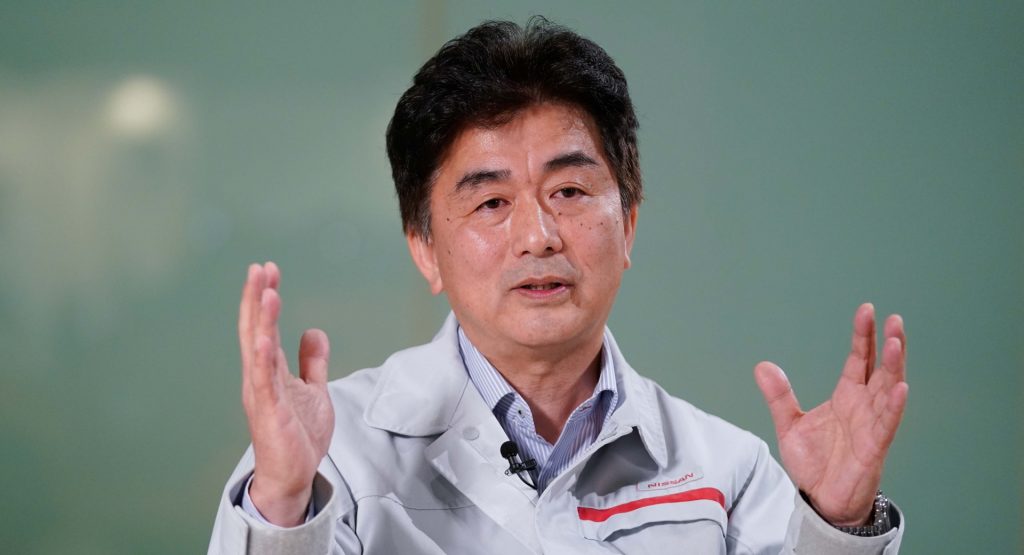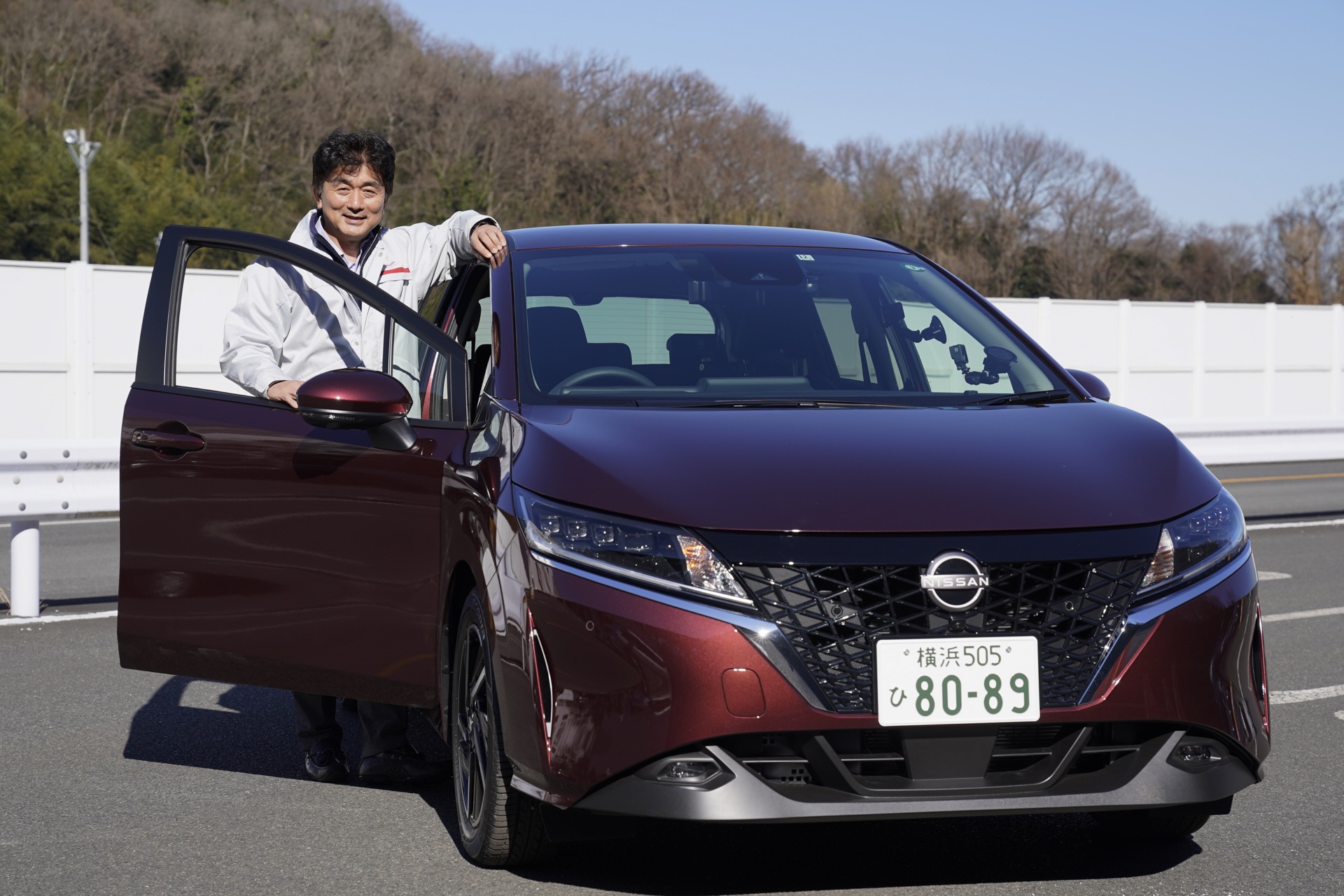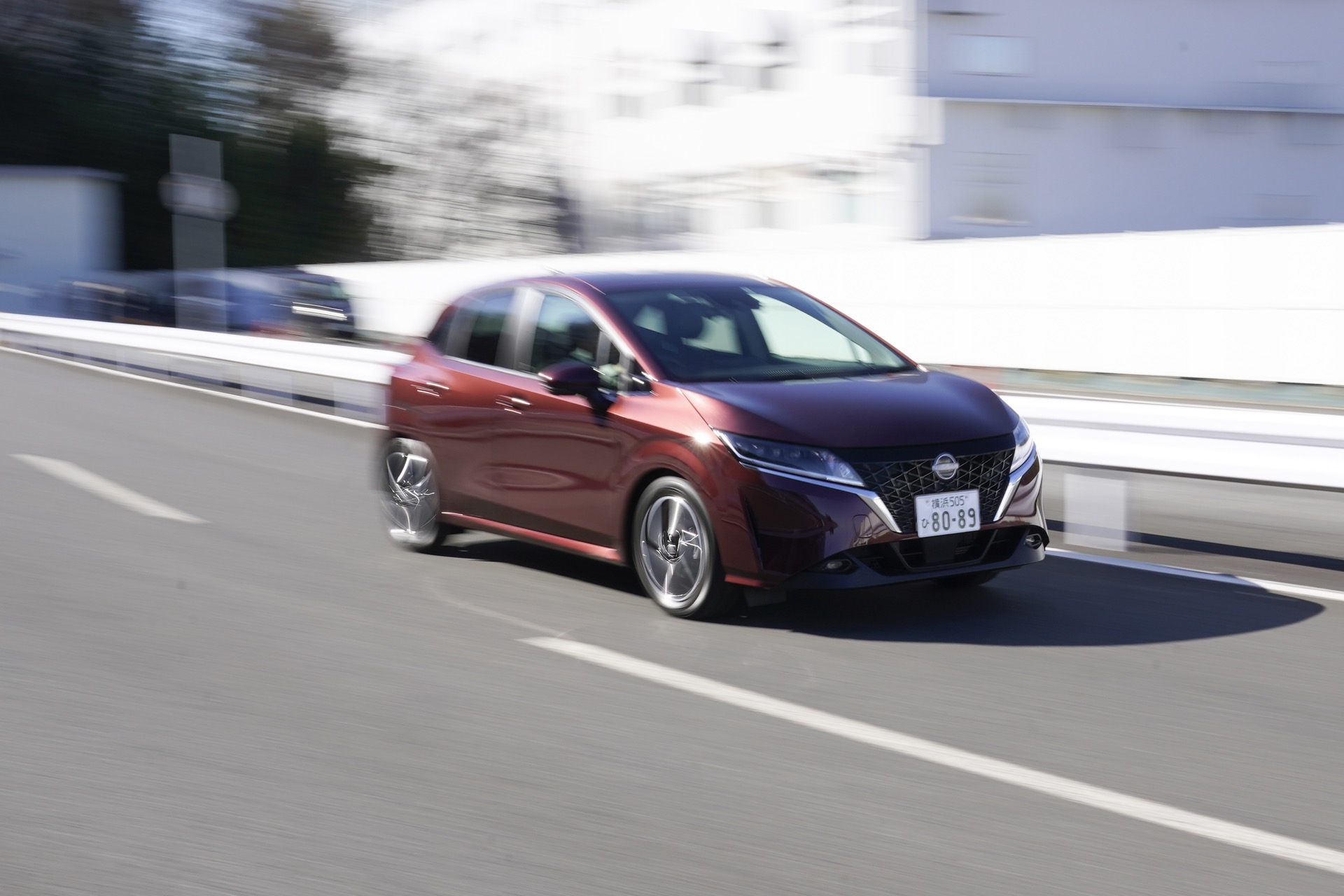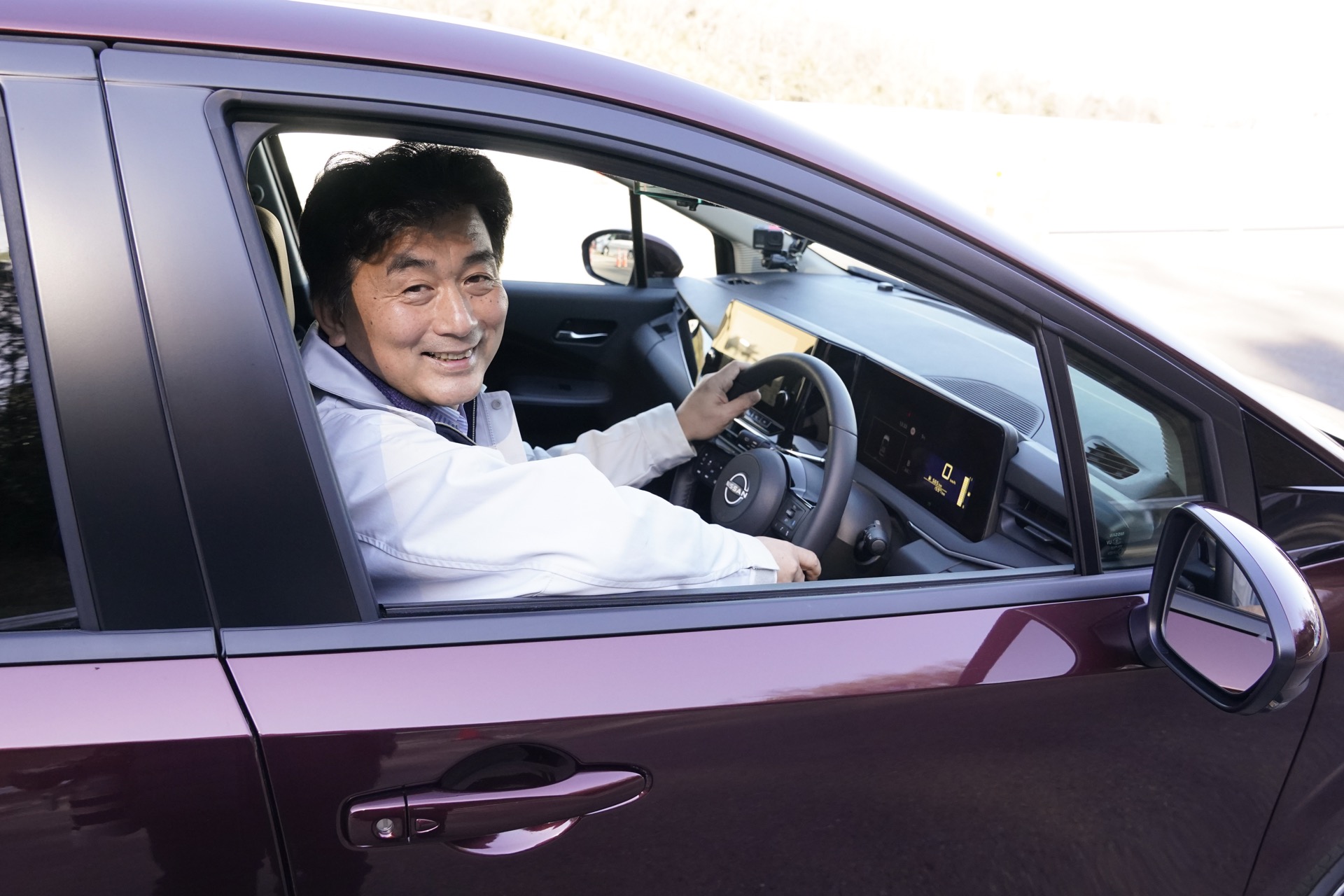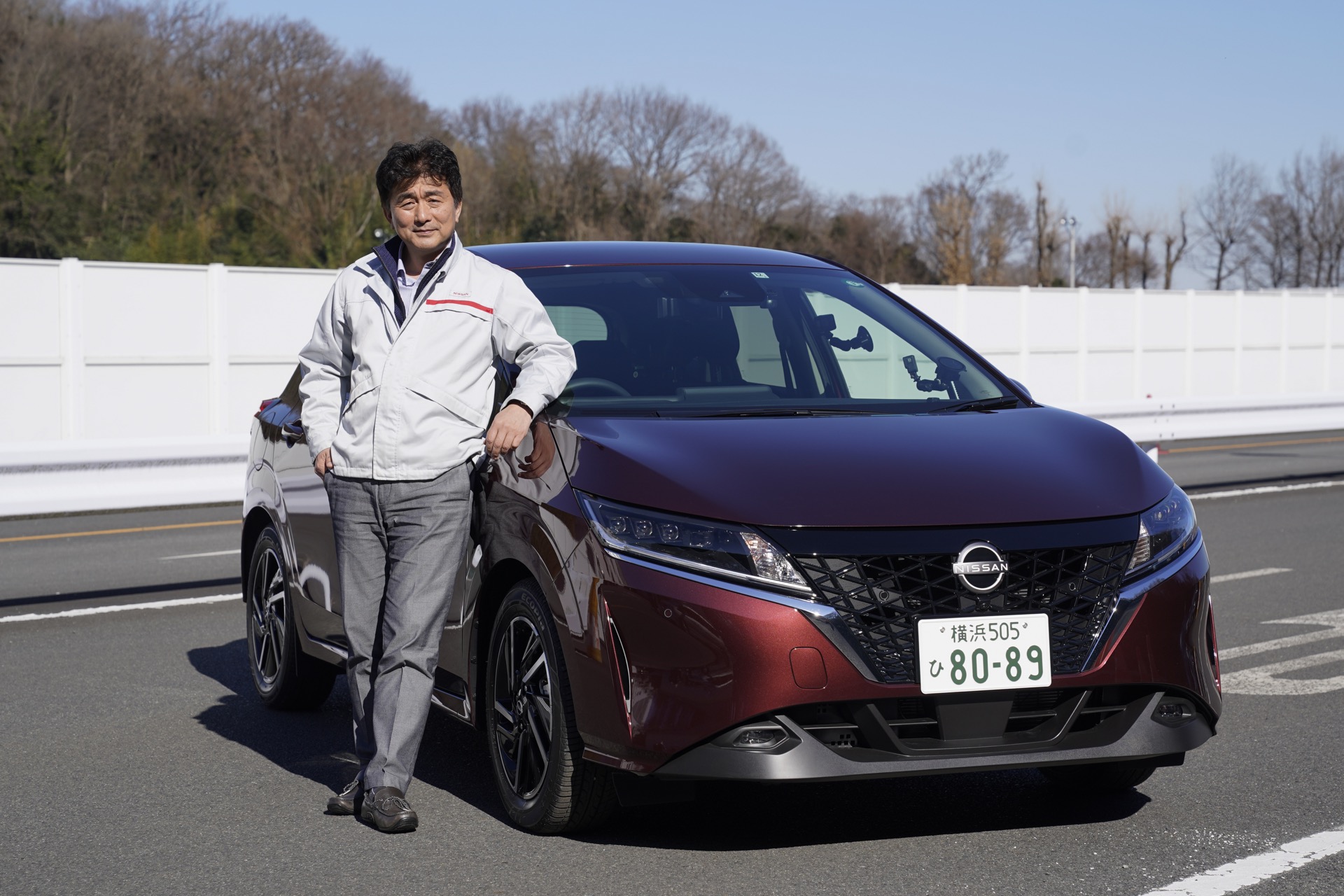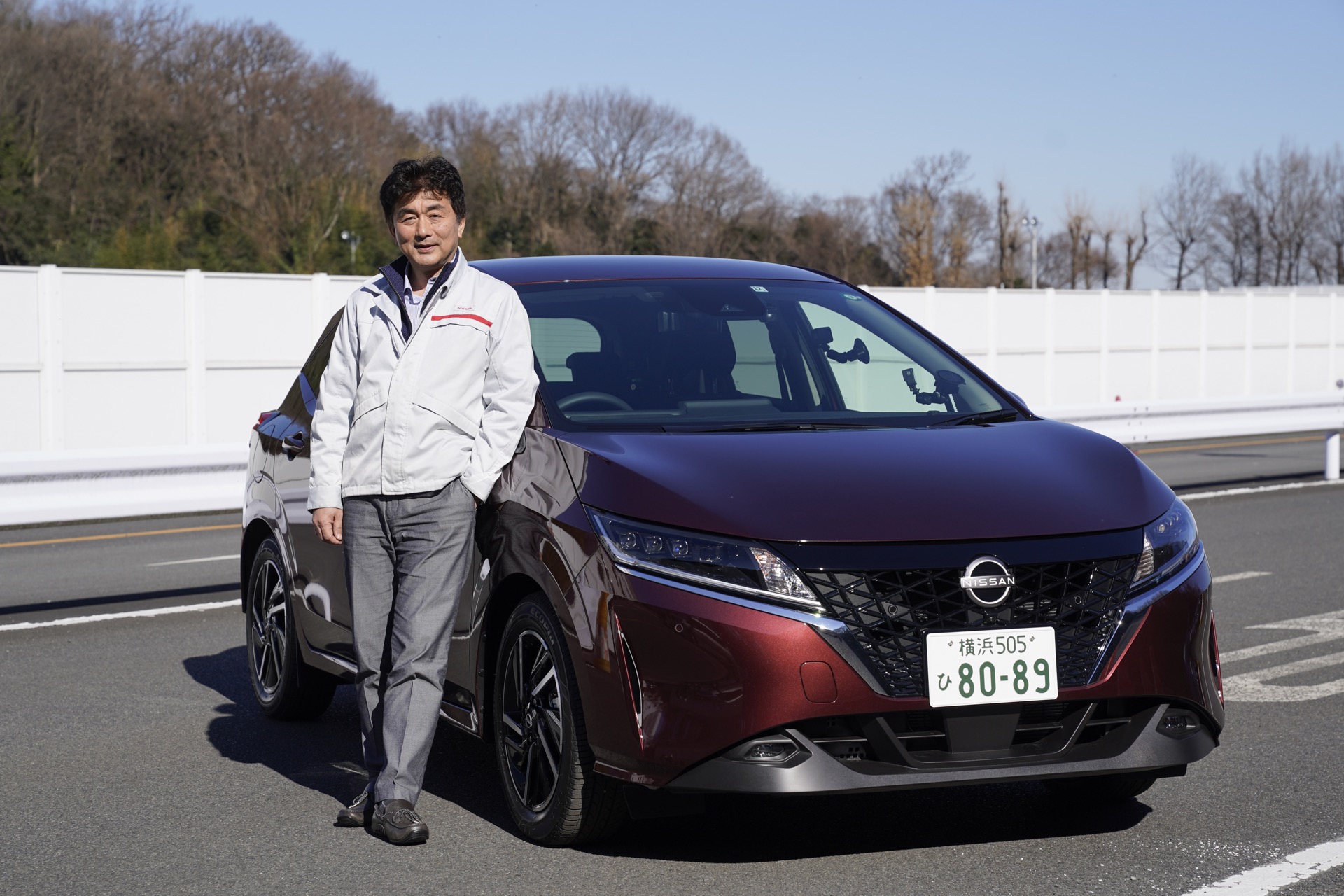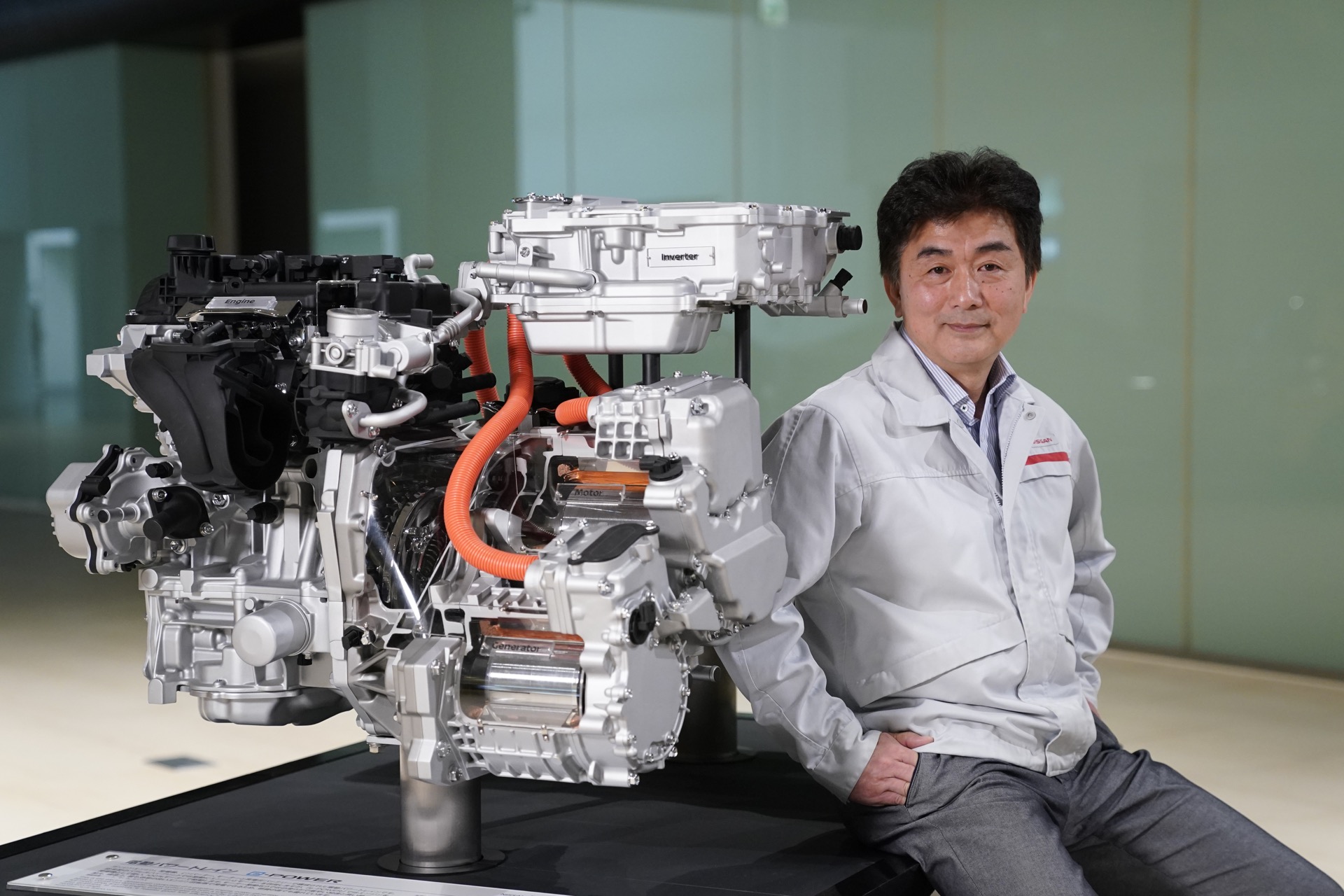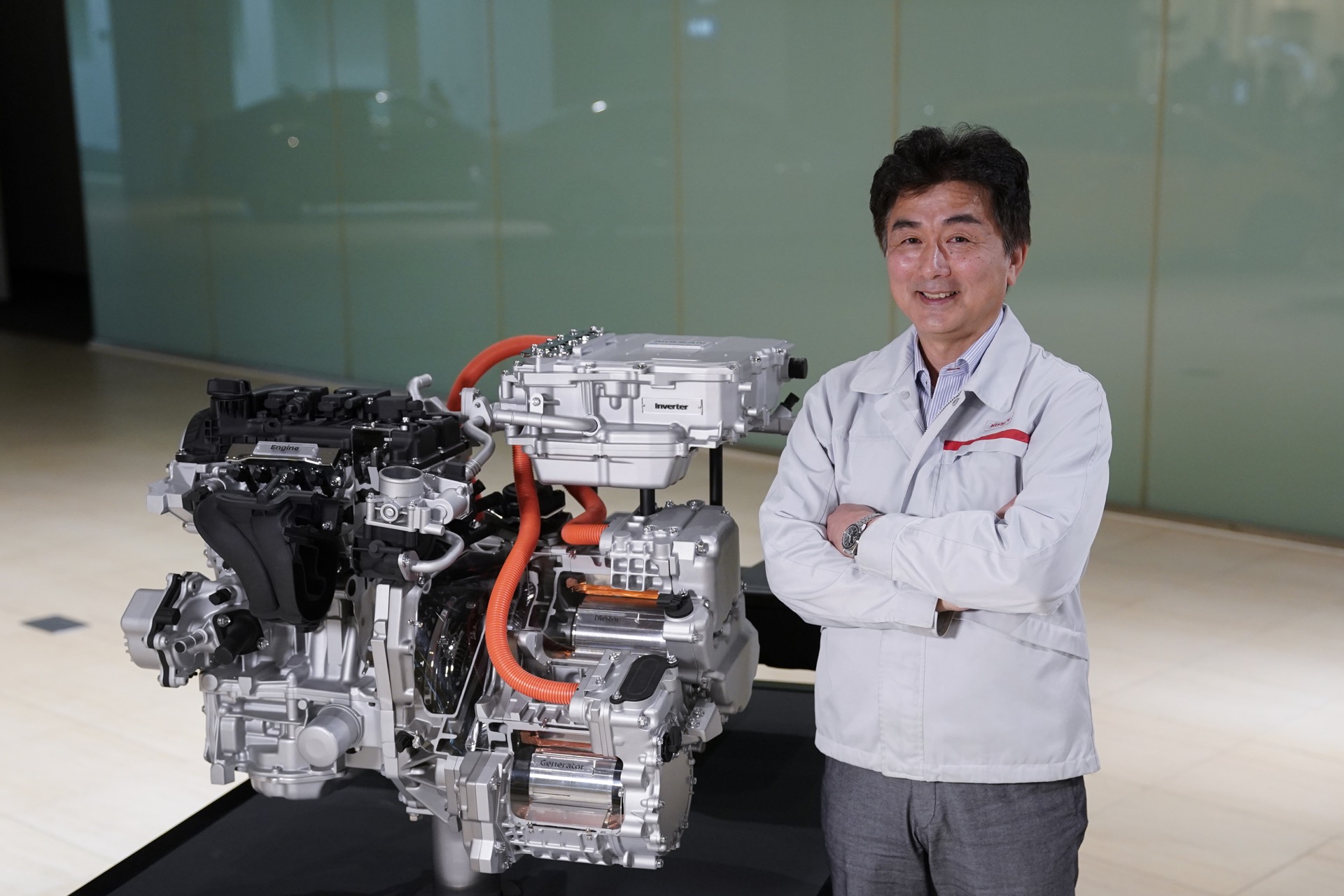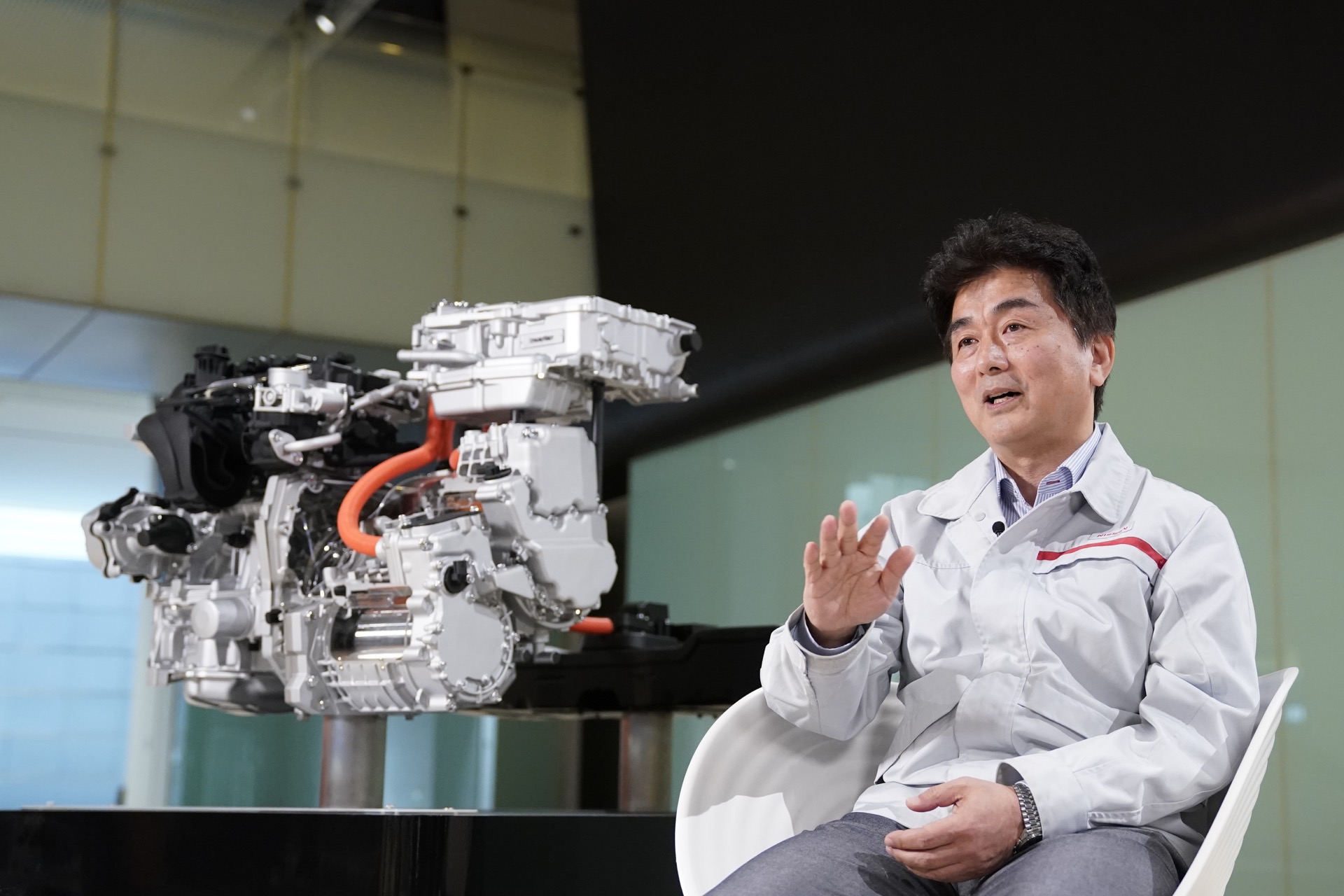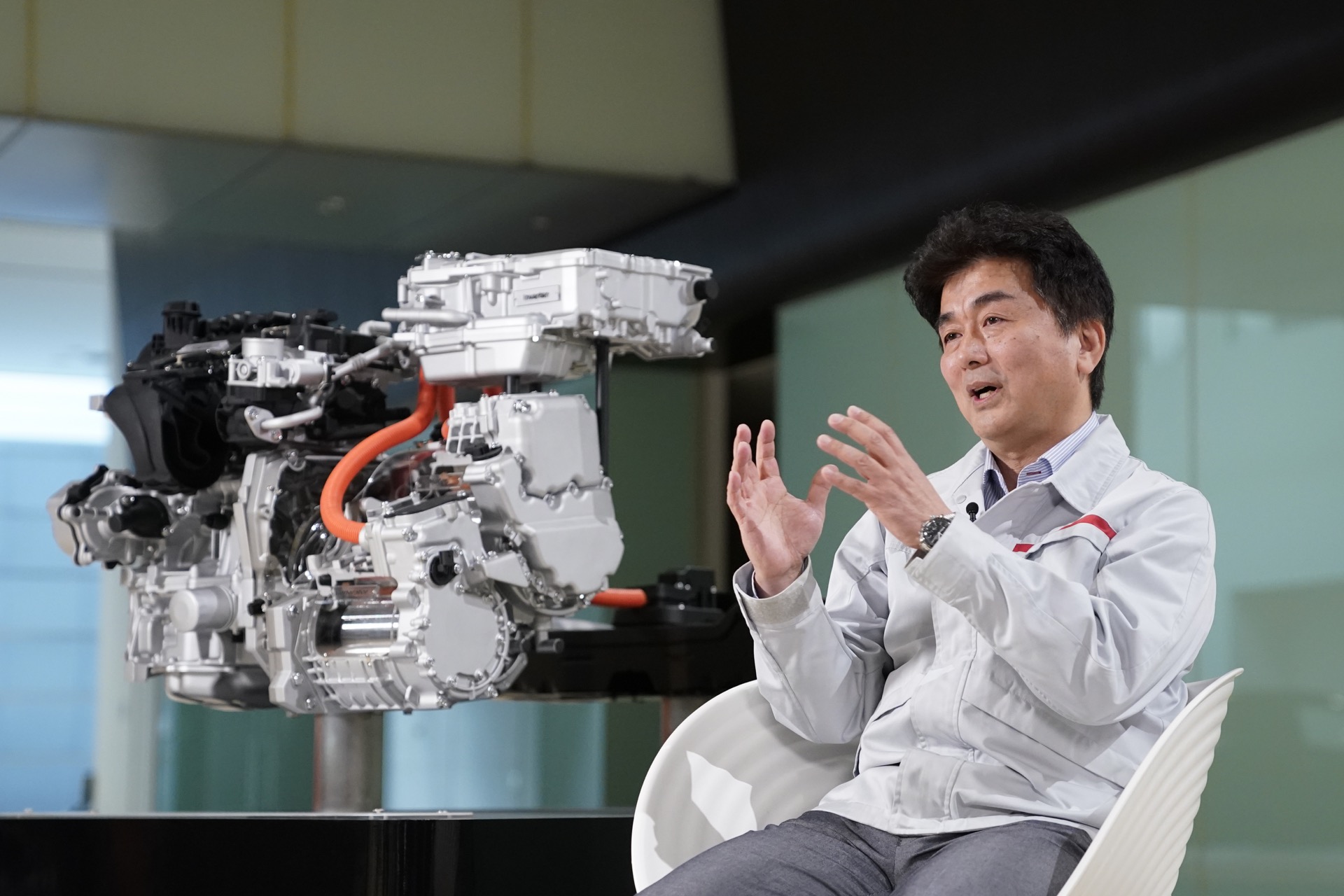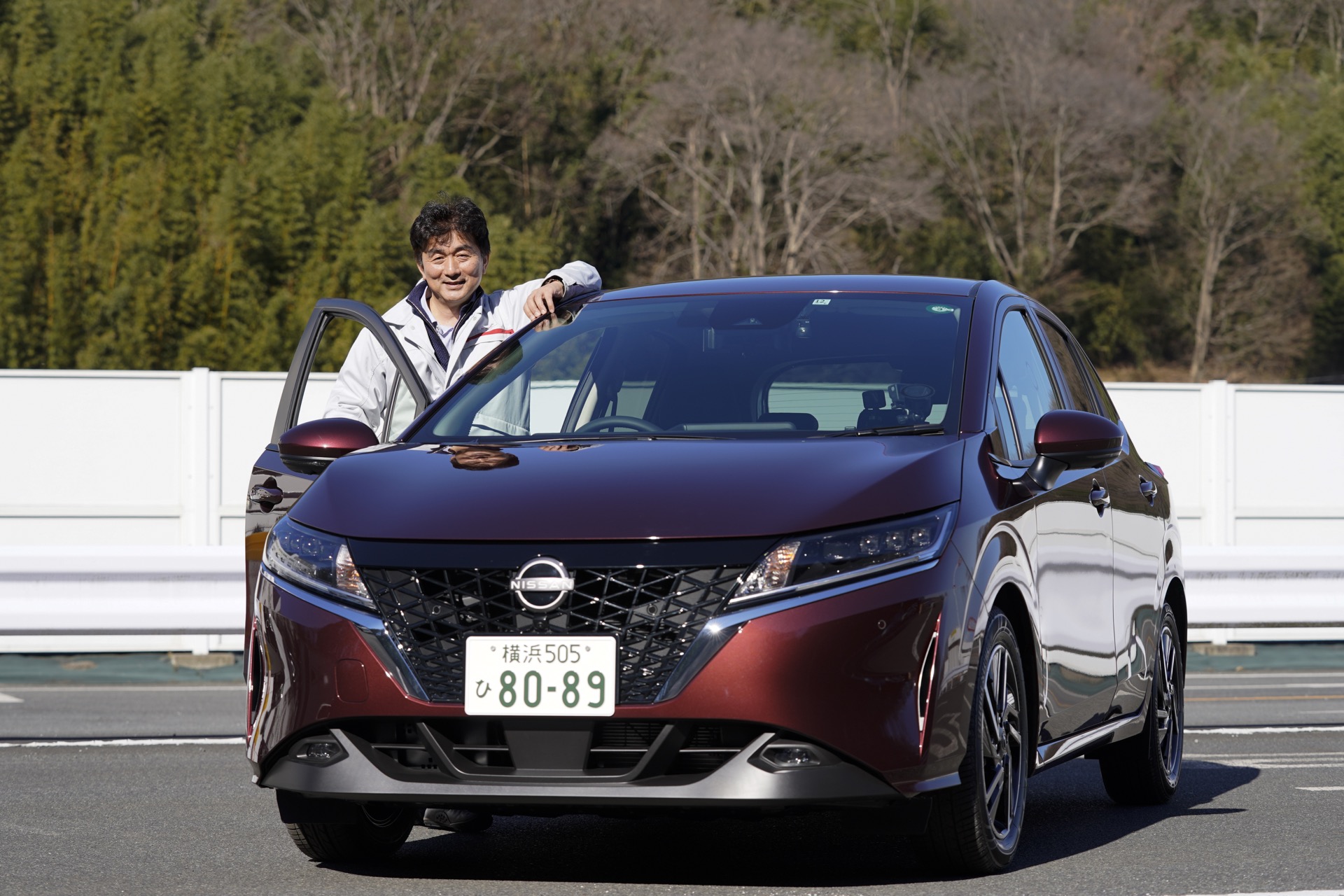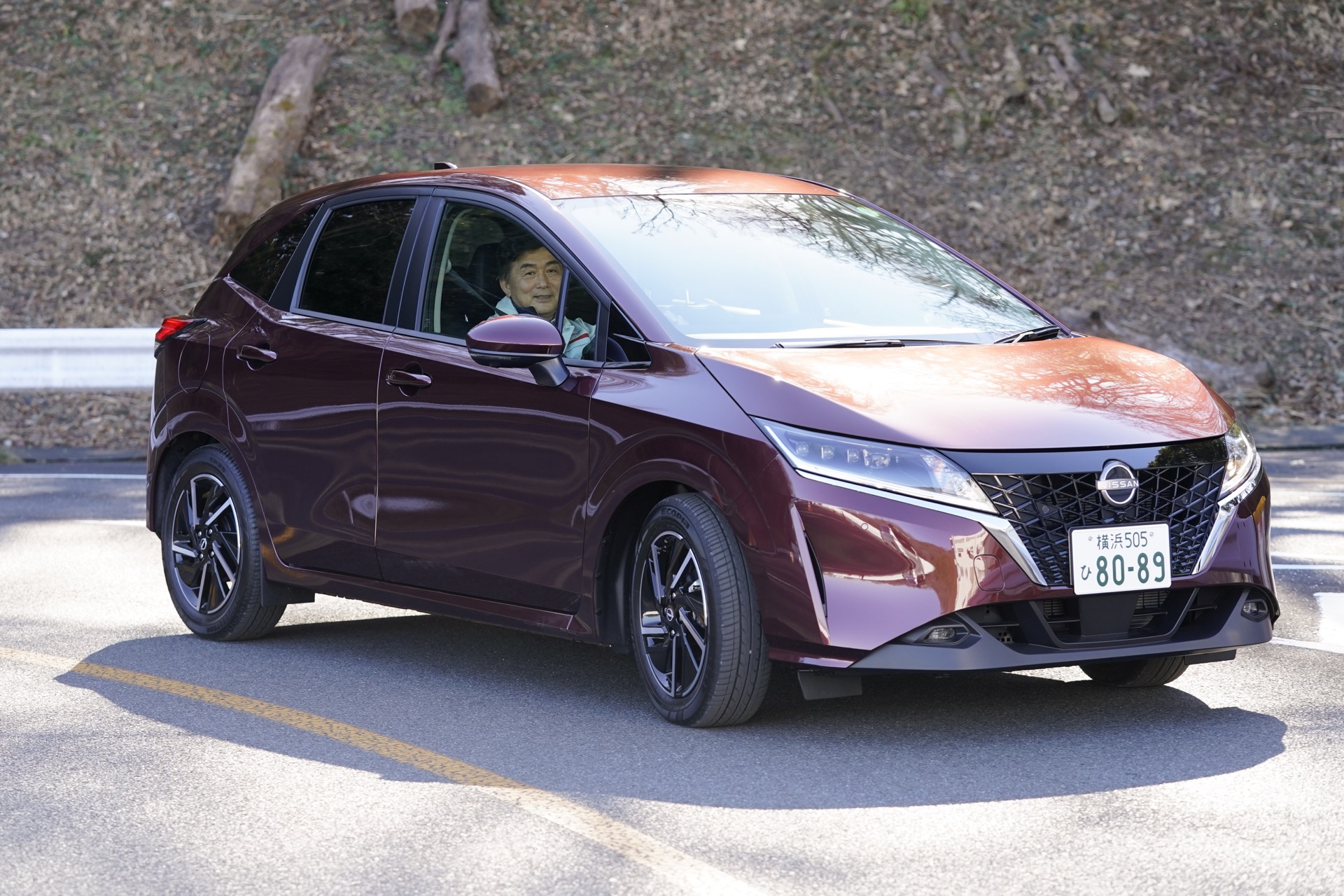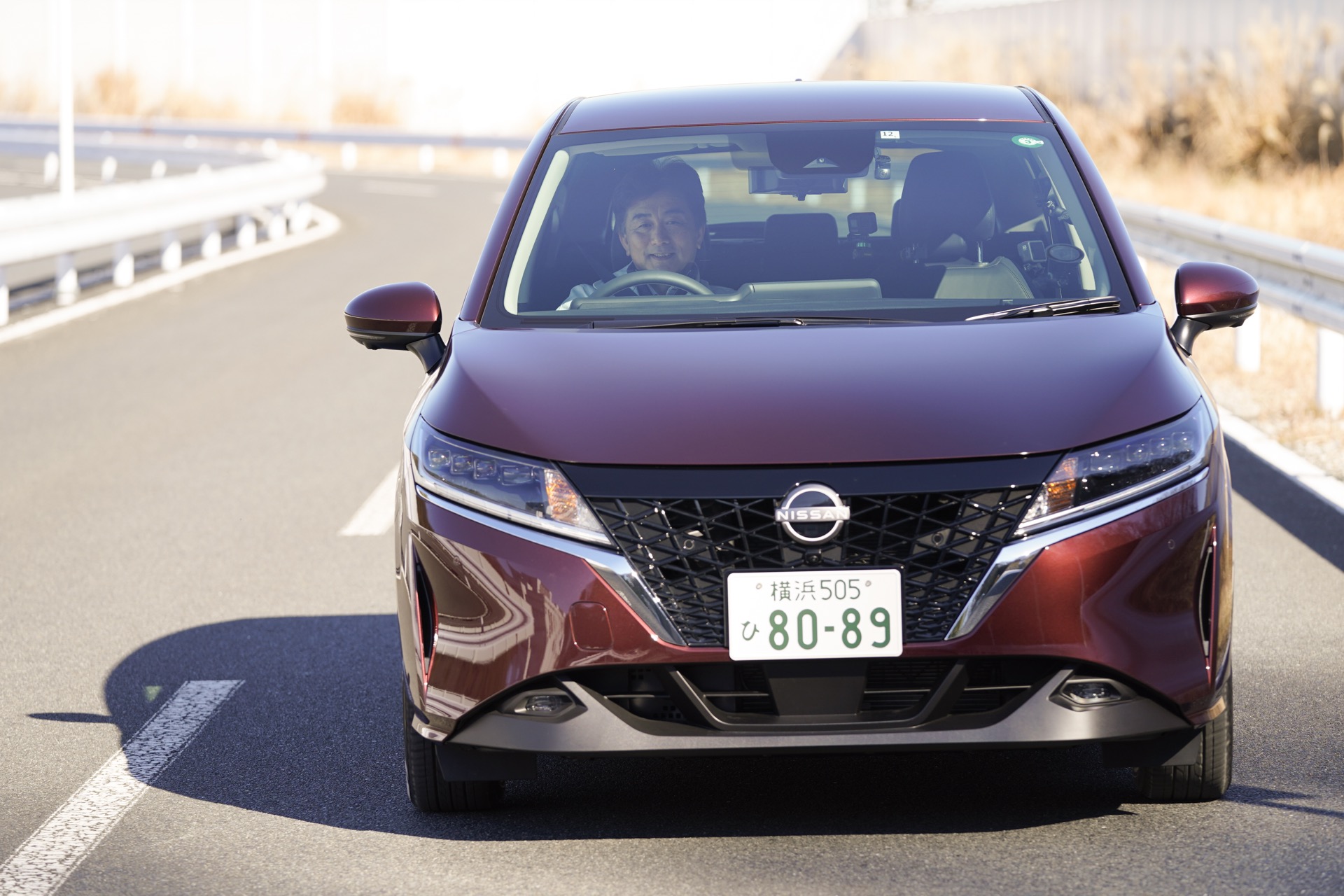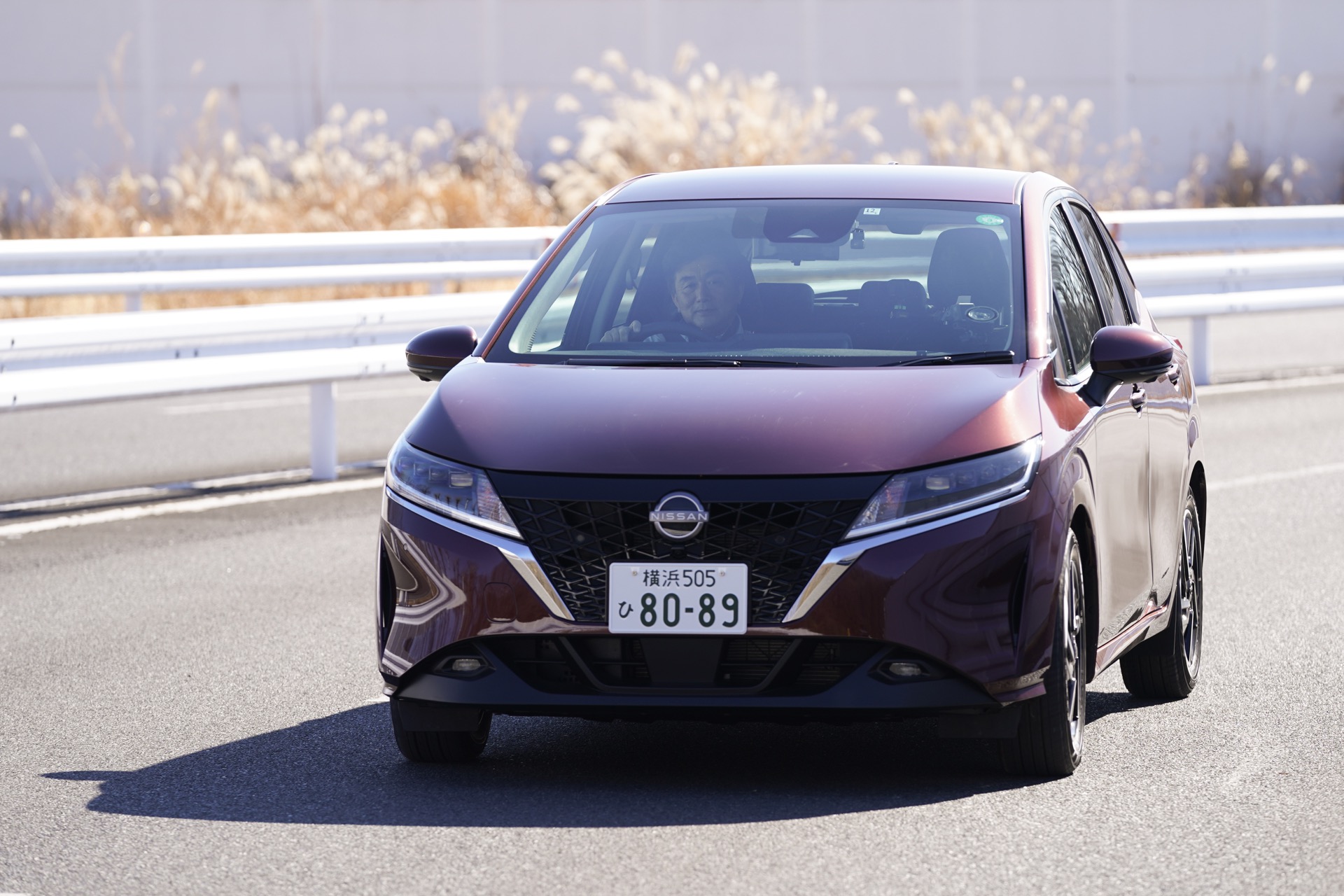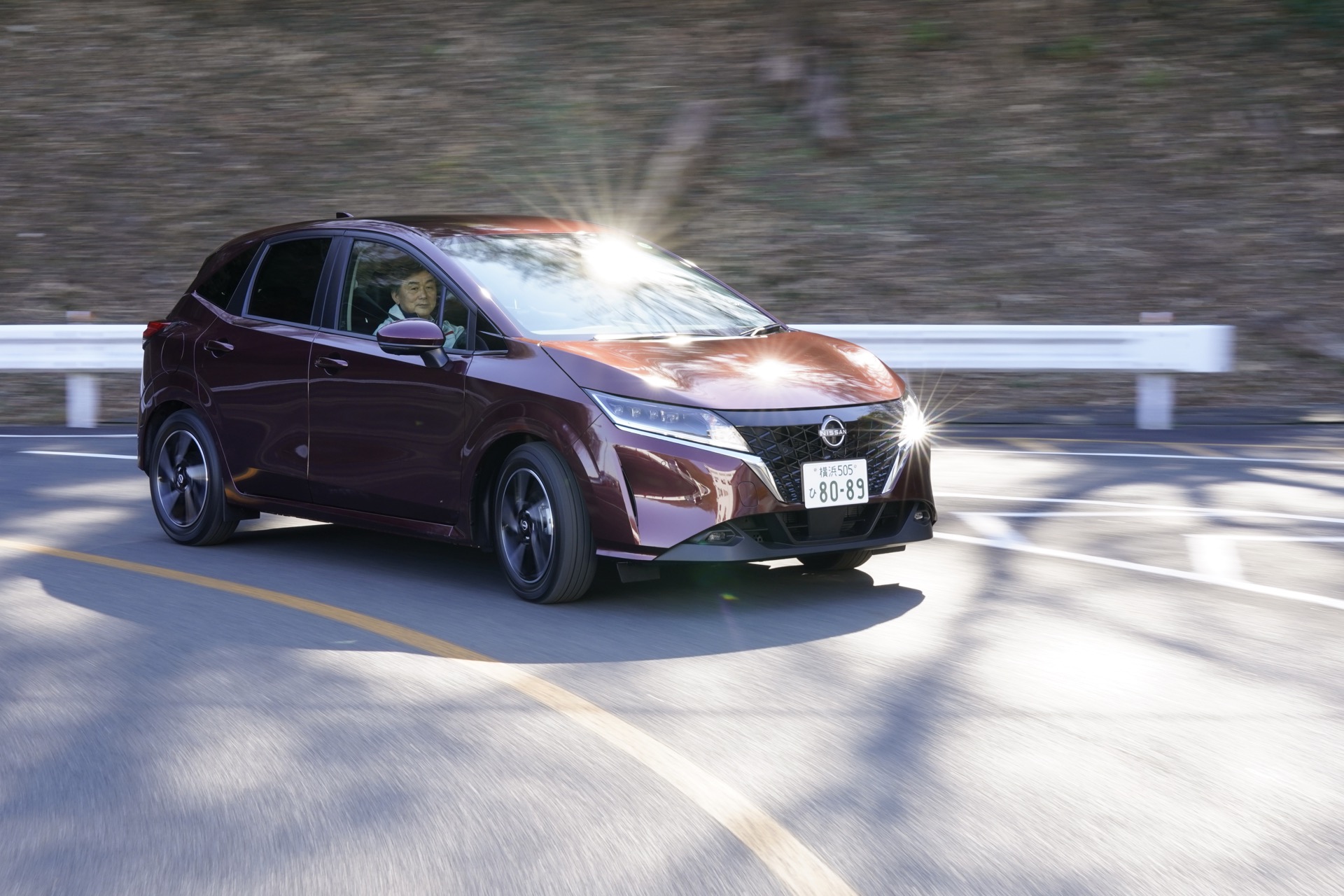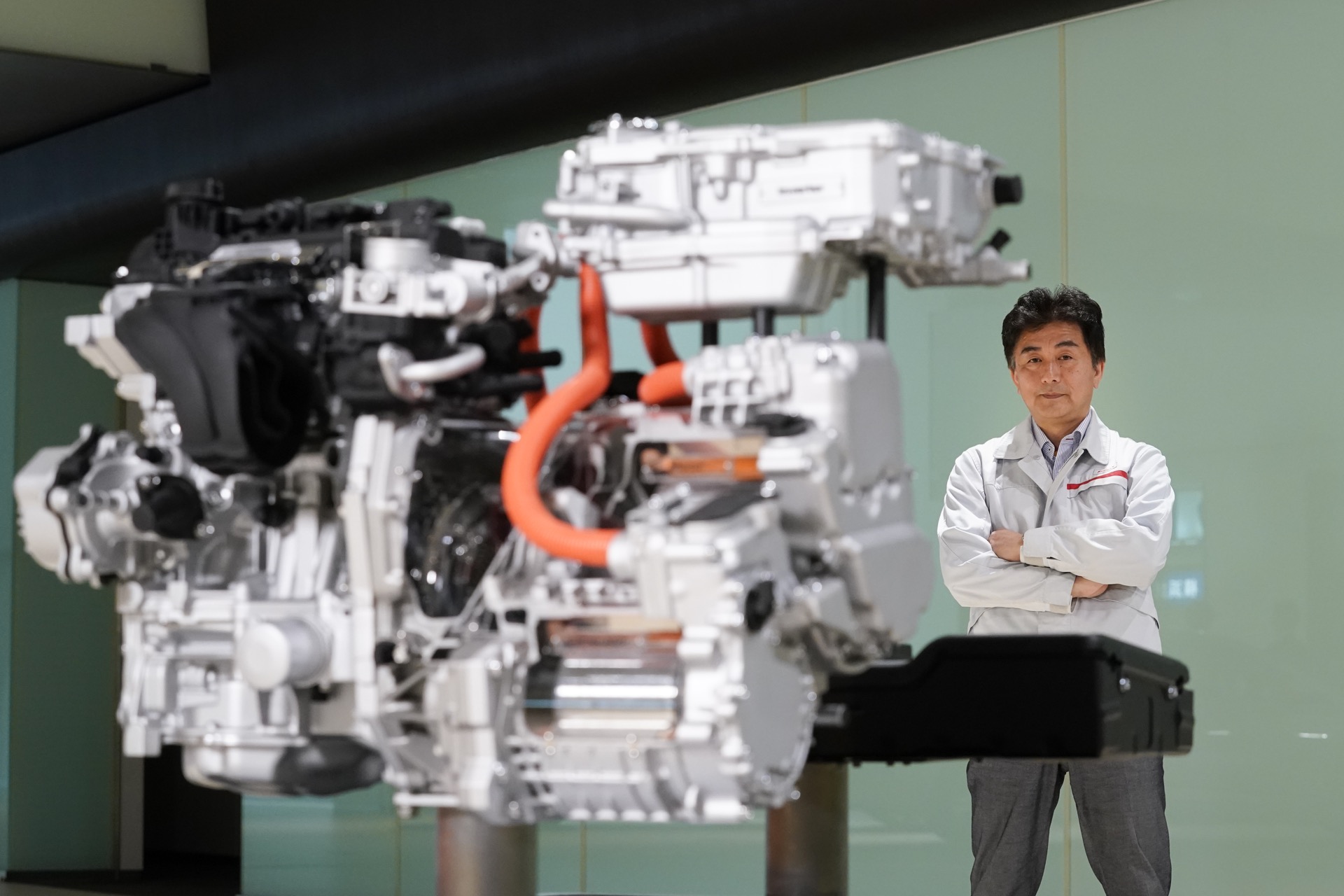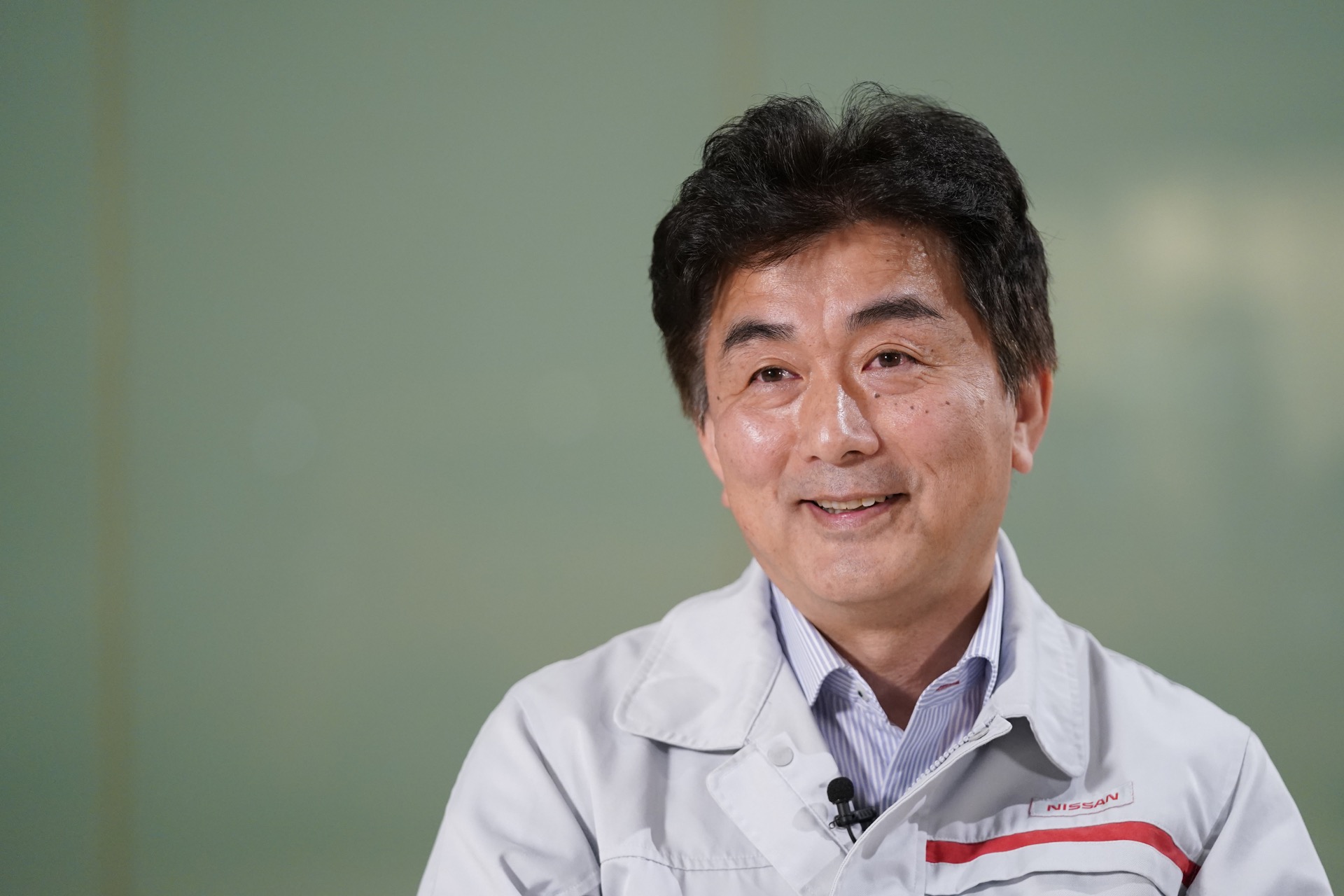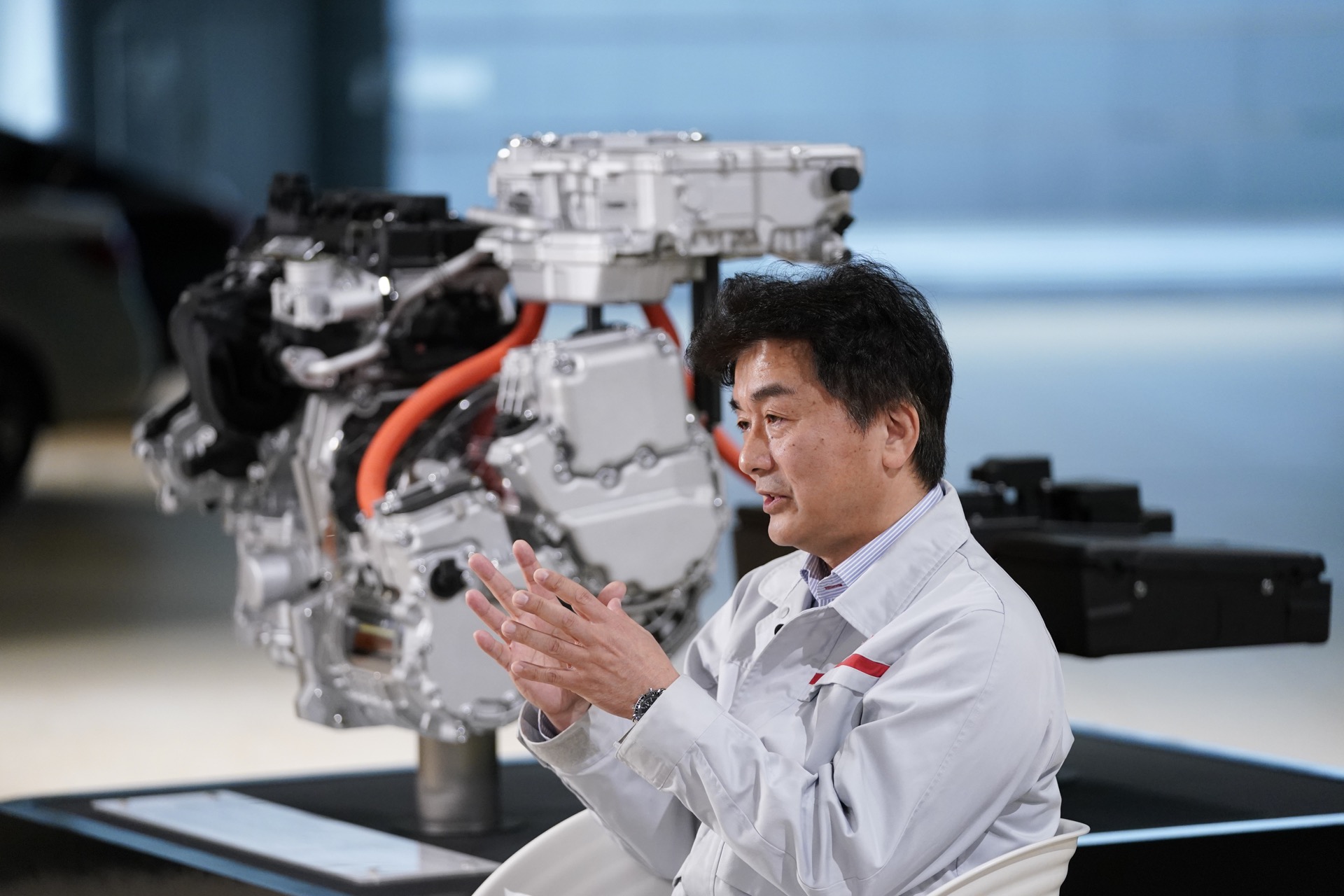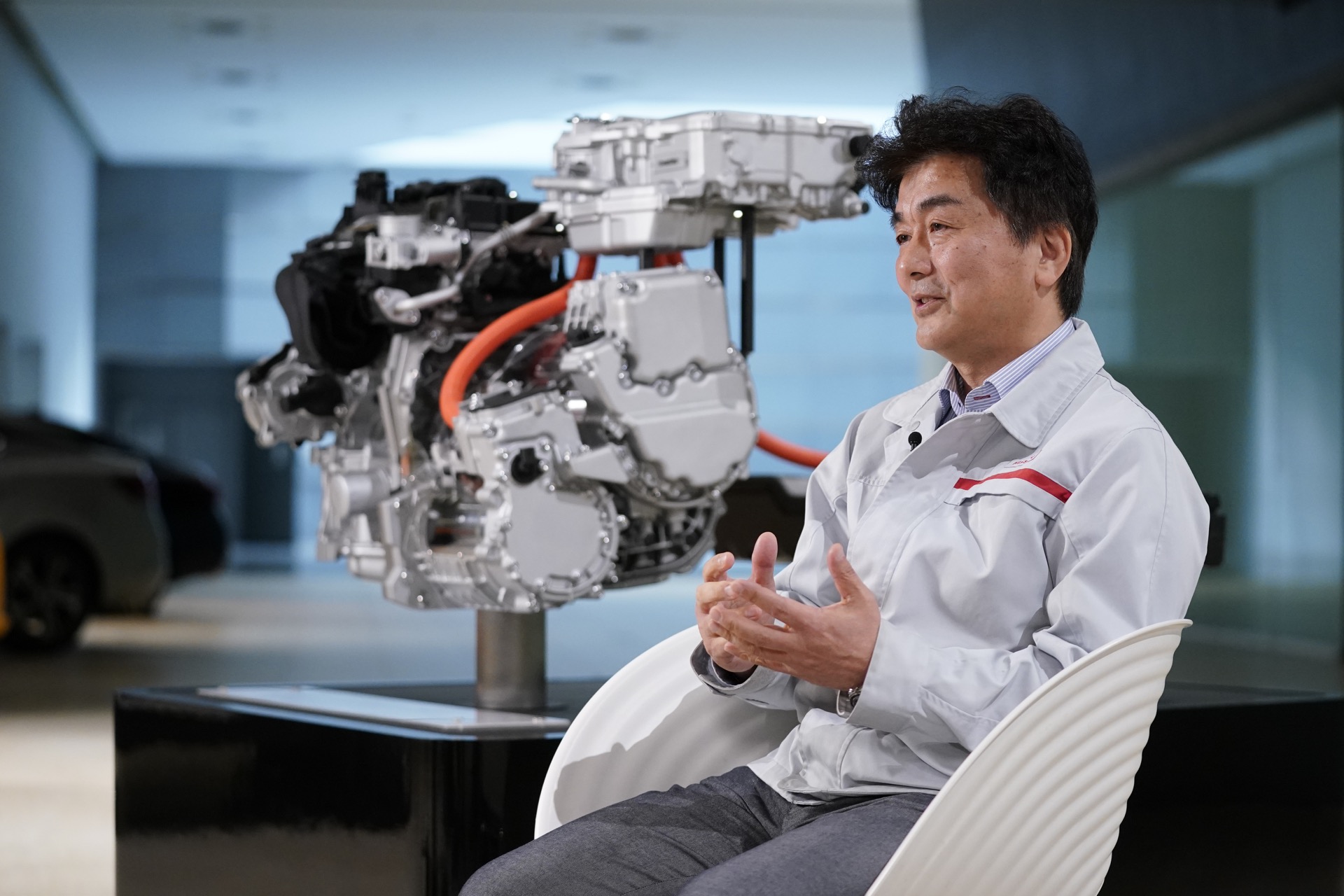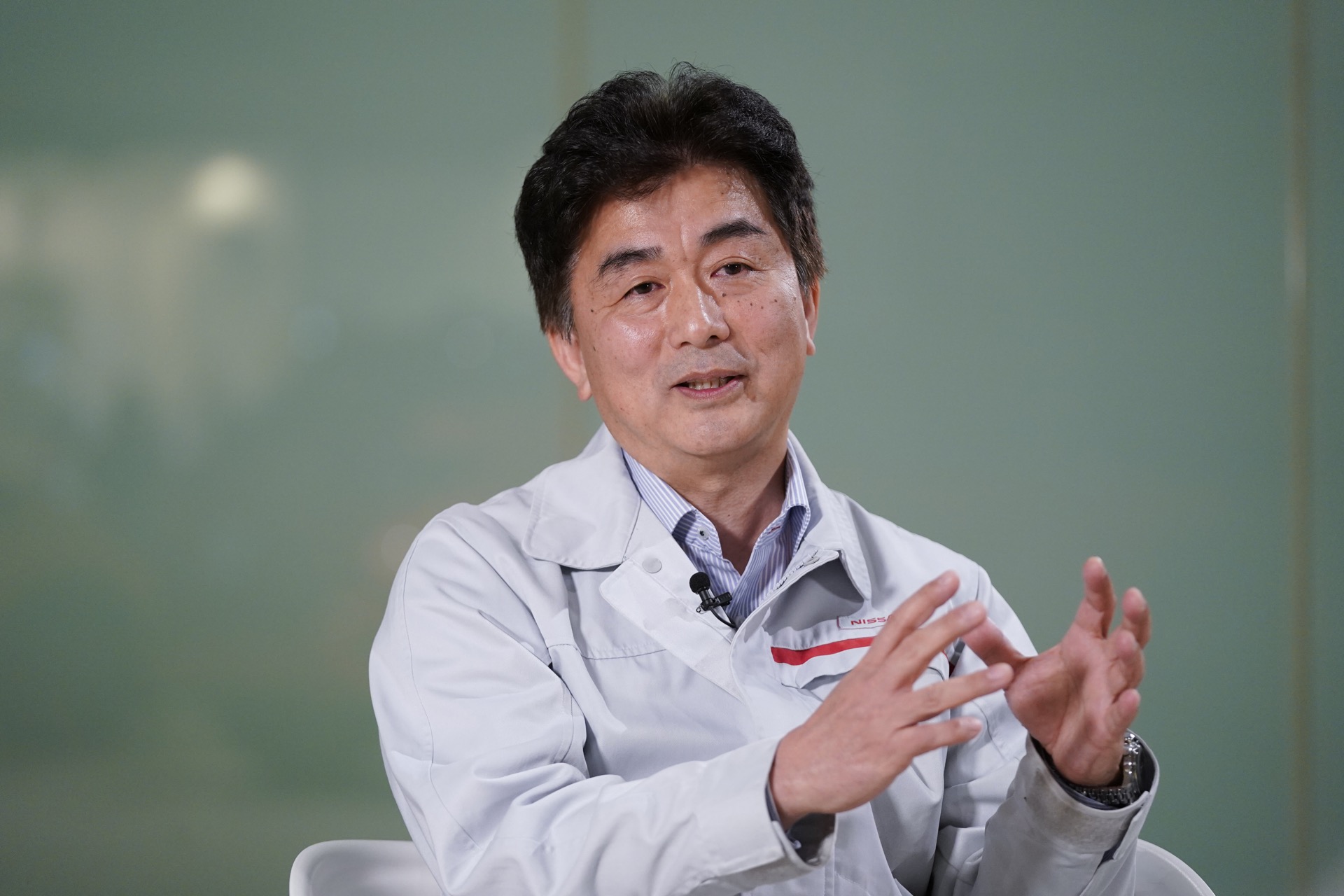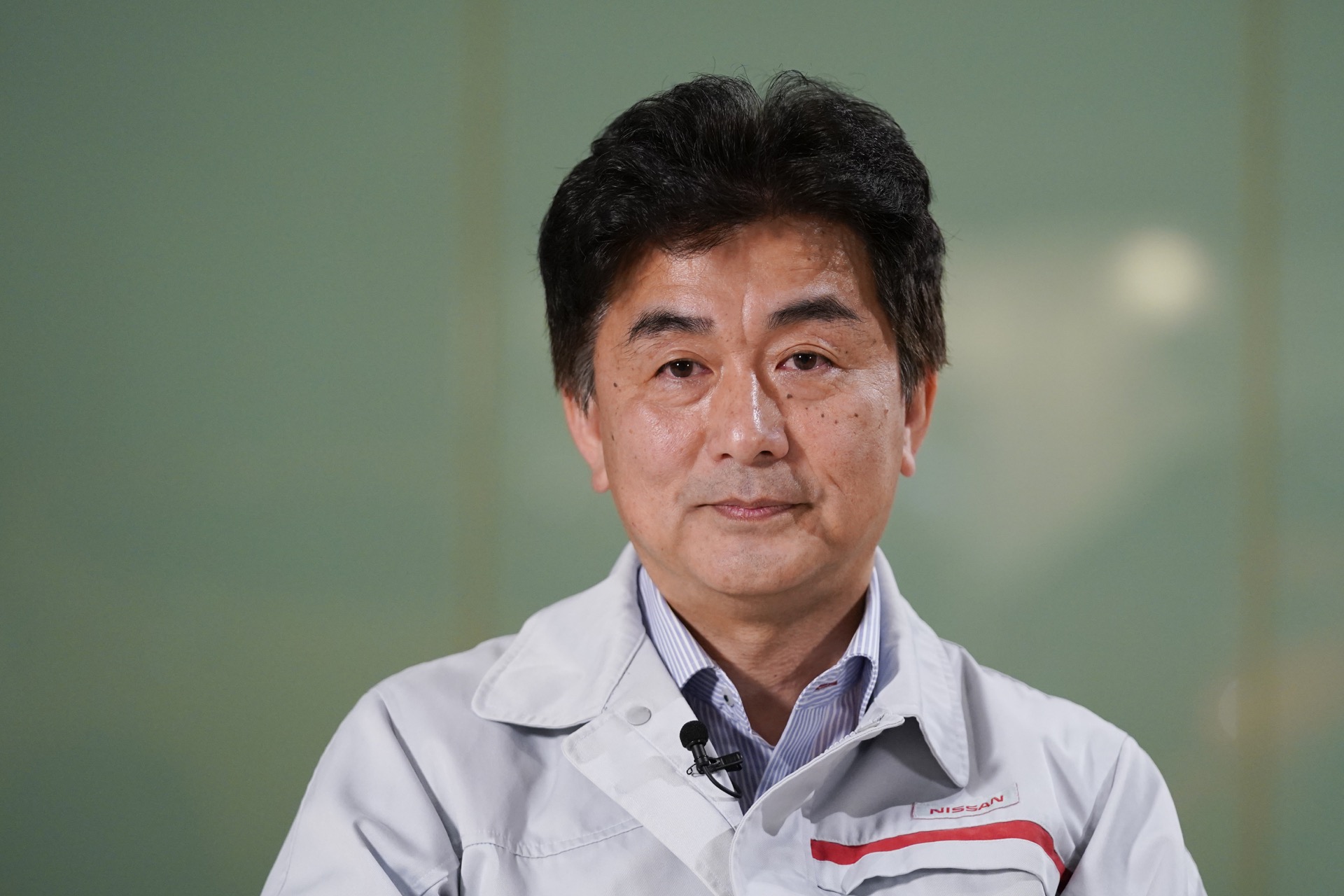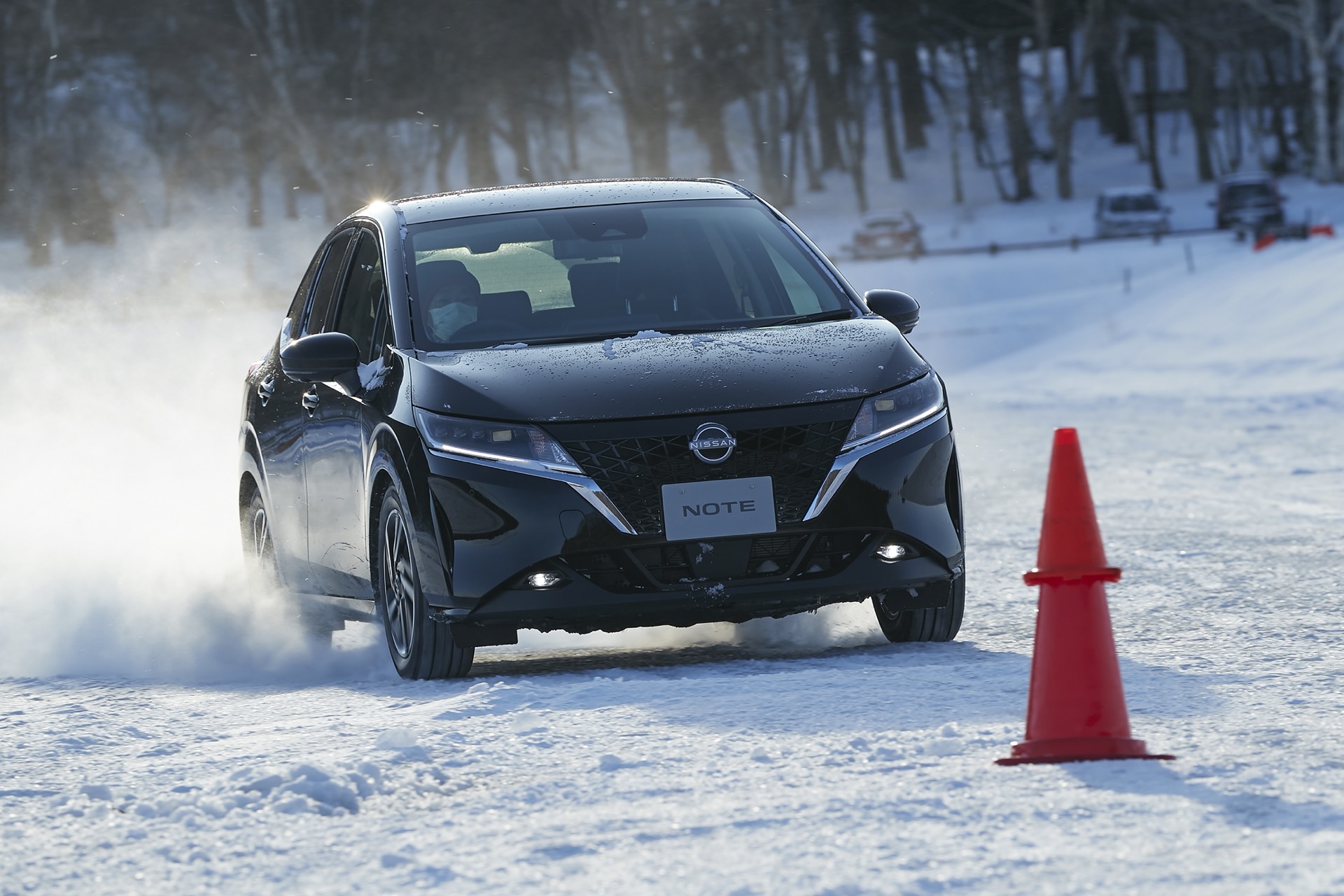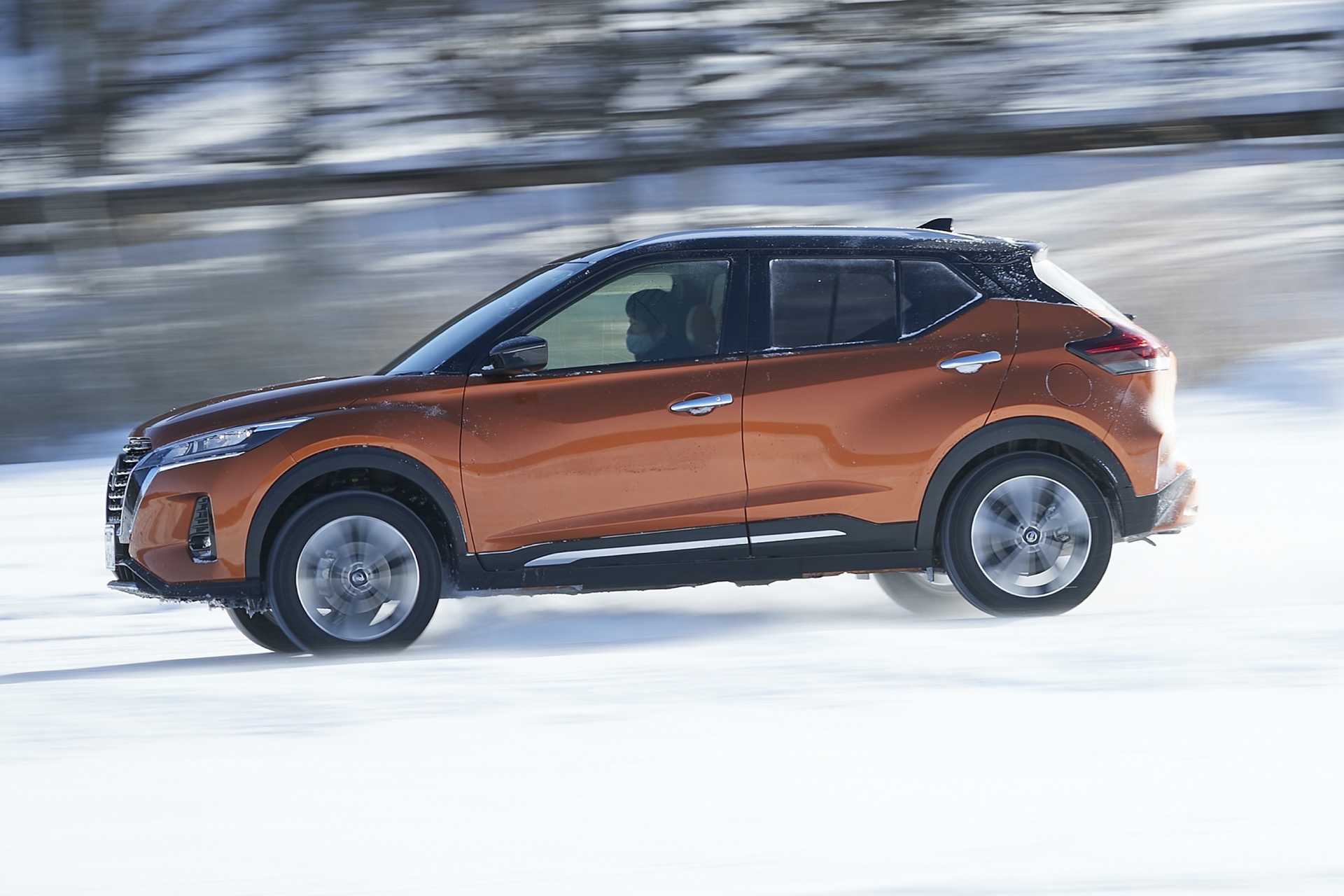Electric cars continue to gain popularity, with some manufacturers even going so far as announcing complete discontinuation of internal combustion engine models in the near future. But others think there’s life left in the ICE — at least until costs of battery production reduce, EV energy density increases, and adequate infrastructure is in place.
Like Toyota, Nissan evidently feels there’s life left in the hybrid. And now the Japanese carmaker wants us to know that there’s more than just a casual link between its e-Power initiative and the GT-R supercar thanks to one of their star engineers.
Naoki Nakada is the man responsible for much of the e-Power drivetrain development. As one of Nissan’s chief powertrain engineers, Nakada has had a hand in many of its most well-known engines — including the legendary VR38DETT twin-turbo V6 found under the hood of the R35 GT-R. But it wasn’t only loud, powerful engines that fascinated Nakada. The Japanese maestro also played a role in developing the quiet yet torquey Leaf, one of the first-ever mass-marketed BEVs.
“When we were developing the R35 GT-R, we were not just pursuing speed, but also that satisfying acceleration feeling,” said Nakada. “For GT-R drivers, there’s little that compares to the amazing feeling of putting it through its paces.” Nakada recognizes the need to go beyond just efficiency and green credentials. “An electric vehicle from Nissan should not only be environmentally friendly but also be fun and exciting to drive.”
See: We Drive the New And Improved 2020 Nissan Juke Ti
Identifying his accomplishments on either end of the subject, Nissan called upon Nakada to channel his knowledge into giving drivers the response and quiet of an electric vehicle, with the assurance of a traditional engine. The result was the e-Power drivetrain.
The e-Power concept was completely different from a typical hybrid system. To maintain a fully-electric driving experience, a high output electric motor is placed as the sole provider of power to the wheels. Simultaneously, an on-board internal combustion engine charges the lithium-ion battery that powers said electric motor. The result is a driving experience similar to that of a fully electric vehicle, sans any range anxiety. The only thing needed to keep going is a trip to the fuel station to refuel the generator-style combustion engine that charges the battery. Basically, a range extender EV.
“E-Power looks like a simple system that’s easy to develop,” says Nakada. “In fact, it’s quite the opposite. You have to get the balance right between electricity use and power generation, ensure the perfect timing for when the gasoline engine operates, and match the battery capacity to the type of car. A lot of development work went into perfecting the customer experience”
Nissan went on to launch e-Power cars for the Japanese market in 2016. They saw some success, with those electrified models closing almost 500,000 units sold. Nakada believes that since current infrastructure cannot accommodate a world of electric vehicles, e-Power is the next best alternative.
“We want to offer E-Power to as many people as possible, as soon as possible. We are giving them the full-electric driving experience, which can in turn help accelerate towards a carbon-neutral, electrified mobility world.”




